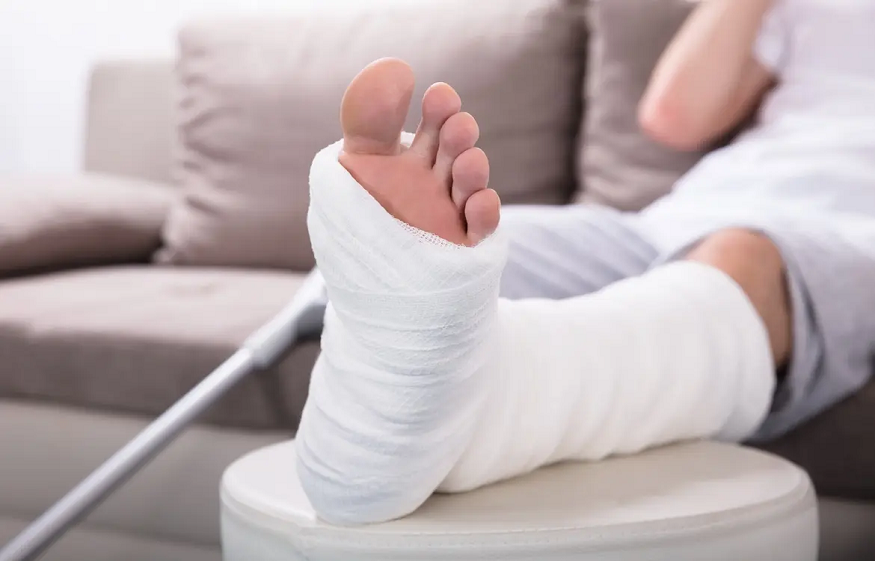Over the years, medicine and surgery have hugely advanced, resulting in the development of more effective therapies for various health concerns. One such procedure is open reduction internal fixation (ORIF), a surgical technique for treating fractures and other bone injuries. A Chula Vista open reduction internal fixation entails utilizing screws, plates, and other devices to hold fractured fragments in position as they heal.
While recovering from an ORIF surgery could be challenging, you will enjoy a smoother recovery with the right attention and care.
Meanwhile, here are five key tips to help you recover from your ORIF surgery.
1. Use Pain Medication
As with any surgery, pain is common after an ORIF procedure. However, using pain medication is vital in managing discomfort after ORIF surgery. Based on your pain tolerance and unique health concerns, your physician may prescribe pain medication or suggest over-the-counter pain relievers.
It is important to adhere to the physician’s guidelines when taking pain medication to avoid the risk of overdose or addiction. Moreover, you should inform your specialist if the medication is ineffective at alleviating your discomfort, as it might be necessary to adjust your dosage or prescribe a different drug altogether. Proper pain management helps you feel more relaxed and comfortable, enabling you to concentrate on your recovery.
2. Keep Your Incisions Clean
Maintaining your cuts clean is vital in avoiding infections and promoting healing. It is vital to follow your physician’s guidelines on correctly cleaning that cut and changing the dressing. For instance, you should clean your hands before and after touching the cut, and avoid getting the region wet till your specialist gives you the “go-ahead.”
Besides, you should avoid applying ointments, powders, or creams to the cut unless instructed by your doctor. If you spot warning signs of infection like swelling, redness, or drainage, see your physician immediately to avoid more serious complications like an amputation.
3. Raise the Limb
If your ORIF surgery is performed on your limbs, especially the leg, your doctor may suggest raising it above your heart’s level to enhance blood circulation and alleviate inflammation. Raising your limbs also encourages recovery by alleviating pressure on the affected region, and enhancing the delivery of oxygen and nutrients to the surrounding tissues.
4. Avoid Applying Pressure
Applying pressure on the affected region may disrupt healing and delay recovery. This pressure can also make the bones shift out of alignment, which could be uncomfortable and necessitate further surgery. Follow your practitioner’s guidelines on effectively immobilizing the treated area and avoid any movements or activities that might add pressure to the area.
5. Incorporate Physical Therapy
Physical therapy is key to recovery after ORIF surgery. Your specialist will create an individualized care plan that entails stretches and exercises to help enhance your flexibility, strength, and range of motion. These exercises help avoid complications like weakness, stiffness, and joint discomfort. You should keep performing these exercises, even after the recommended therapy sessions, to ensure an even greater treatment outcome.
Conservative options like bracing are usually the first resort to treating fractures. However, if you have a severe fracture, surgery may be necessary. An open reduction internal fixation is a surgical technique that addresses serious shoulder, leg, arm, wrist, and hand fractures. If your doctor suggests you undergo an ORIF surgery, the tips highlighted in this post can help you enjoy a smooth recovery process. Nonetheless, every surgery is different and bears its unique risk of complications. Therefore, seek medical attention if you have concerns about your recovery or experience complications.



